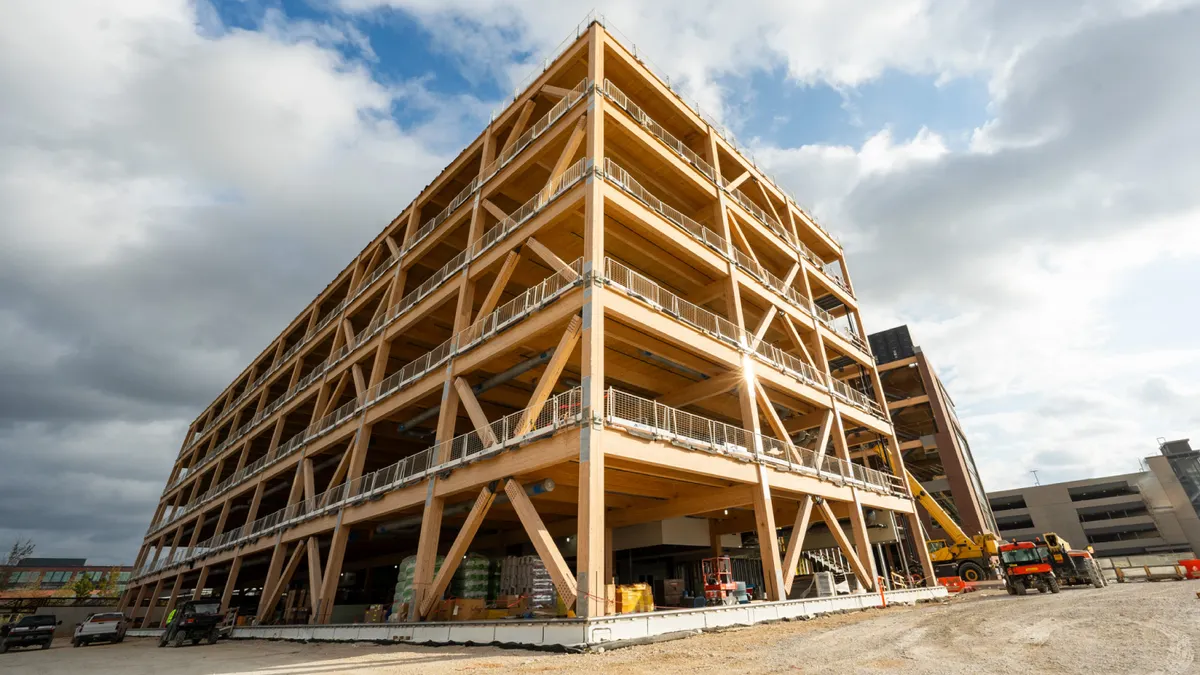Dive Brief:
- Tumbleweed Tiny Homes, in Colorado Springs, CO, is the largest U.S. manufacturer of pint-sized homes, but claims from a local paper that the Colorado town is the tiny house "capital" of America have sparked backlash from communities that say they were the first tiny house "pioneers," Realtor.com reported.
- Some in the tiny home movement have said that events in Colorado are "just PR," and they point to communities in California, Oregon, even Texas and Florida, as long-time bastions of tiny living.
- Tiny homes are quickly becoming a viable alternative for those who cannot afford a standard home, and local zoning regulations, which have been the primary deterrent to the movement's wider adoption, have finally started to catch up to the concept in more cities.
Dive Insight
While zoning is the primary issue keeping tiny house growth to a minimum, public attitudes about the concept have also created obstacles. A developer in Tallahassee, FL, is fighting to build an $8 million tiny house development for low-income city residents. Critics from a neighboring development said the developer's previous involvement with a homeless shelter in Tallahassee might bring lower-income people who will make the neighborhood unsafe.
Some cities, however, have gone out of their way to give the tiny house movement a better chance through a change in zoning laws. Washington, DC, recently revised its accessory dwelling unit regulations so that many homeowners in the District's suburbs can build tiny houses in their backyards. Housing advocates said this change should help ease the pressure of 1,000 new residents moving to Washington, DC, each month.
In another zoning breakthrough for tiny houses, Pima County, AZ, officials said the city will allow tiny houses with a foundation to be built anywhere residents are allowed to build a single-family home. The new regulations also ease up on the building code requirements for tiny houses where practical, such as in matters of egress, which are in place to make sure people can get out of large structures safely in the event of an emergency.












